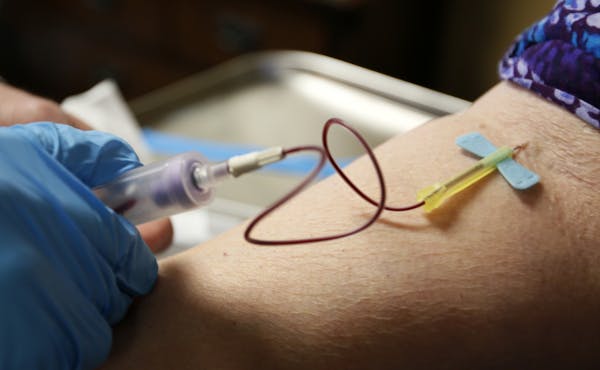Medicaid has grown dramatically since its inception in 1965. It now accounts for 8.5 percent of all federal spending, and just under a quarter of all state spending. Between 1970 and 2010, the program quintupled from half a percent of gross domestic product to 2.7 percent.
Federal forecasters expect Medicaid to reach 3.7 percent of GDP by 2020 - due in large part to increased enrollment under health-care reform. Any serious plan to reduce the federal debt has to deal with spending, and, given the foregoing numbers, any serious plan to deal with spending has to address Medicaid. The question is how.
A health-care program for low-income people should not be first on the chopping block when substantial savings can be had by trimming entitlements that benefit better-off Americans. This is especially true for Medicaid, which provides only modest assistance for many recipients and which, despite its fast aggregate growth, has not recently been growing outrageously on a per-capita basis. Between 2006 and 2010, Medicaid spending per enrollee increased at an annual average rate of 2.7 percent, which was 1.1 percentage points slower than health spending generally.
What can be justified are changes that trim costs while making the hideously complex program more transparent and accountable. We refer specifically to reforming the so-called provider taxes that 46 states and the District of Columbia use to fund increased payment rates to Medicaid providers - and to shift the cost to the federal government.
Congress and the Department of Health and Human Services limited the worst provider-tax abuses when they first came to light a couple of decades ago. But provider taxes still enable states to manipulate the statutory funding mechanism, adding to the federal deficit.
Here's how it works: Under the Medicaid statute, the federal government pays between 50 percent and 76 percent of each state program's costs, with poorer states getting more federal help. When a hospital bills $100 for Medicaid services, a state with a 50 percent "match" rate pays $100 up front and gets reimbursed $50 by Washington.
Now, consider this example, adapted from a recent Congressional Budget Office report. The state charges the hospital a 6 percent tax (the maximum under current law) and pays it $106 for services. The hospital still nets $100, but the state can pass the feds a bill for $53 - 50 percent of $106 - instead of $50. Voila: The state has magically increased its effective federal matching rate by 3 percentage points. "A bit of a charade," as Senate Majority Whip Richard J. Durbin, D-Ill., described it Tuesday.
As Mr. Durbin's remark suggests, reform is a bipartisan idea. President Obama's last budget would have reduced the maximum permissible provider tax to 3.5 percent, saving $21.8 billion over 10 years. A deficit plan by Sen. Bob Corker, R-Tenn., includes a 10-year phaseout, at a projected savings of $50 billion.
States might have to tighten their Medicaid budgets. But phased-in reform need not lead to sudden or drastic service reductions, or any - if states enact efficiencies that the provider tax enabled them to avoid. Meanwhile, federal and state taxpayers would have a clearer idea of who is paying for what, as the law intends.
Protect kids online

Here's how I'd broadly frame the environment that led to my firing as a teacher
Get rid of Minnesota's precinct caucuses, go to primary elections up and down the ballot


